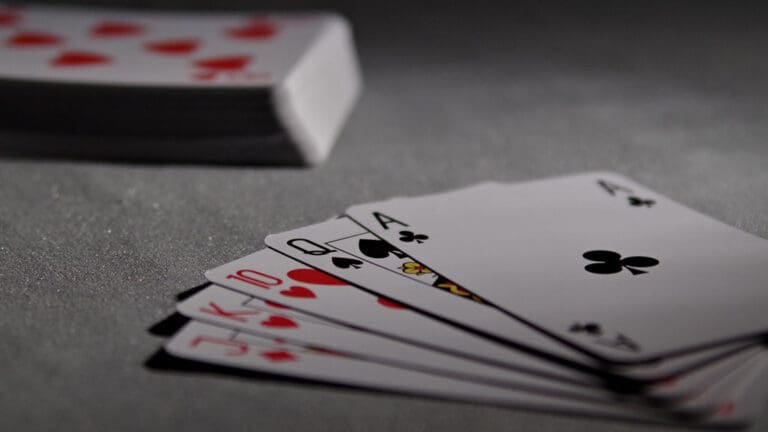The Basics of Poker
To excel in poker, a game that combines strategy, skill, and a bit of luck, understanding its fundamental aspects is crucial. This starts with comprehending the game itself and the importance of hand rankings.
Understanding the Game of Poker
Poker is a popular card game played worldwide in various forms, from casual games at home to high-stakes tournaments in casinos. At the heart of the game is the poker hand hierarchy, a system that determines the strength of a player’s hand relative to others.
In most poker variations, the game starts with each player receiving a certain number of cards, either face-up or face-down. The players then make bets based on the strength of their hand, bluffing if necessary. The objective is to either have the highest-ranking hand at the end of betting rounds or to be the last player remaining after all others have folded.
Importance of Hand Rankings in Poker
Understanding the poker hand hierarchy is essential for any aspiring poker player. This knowledge allows players to make informed decisions about when to bet, call, raise, or fold. Additionally, it aids in the recognition of possible winning hands and the calculation of poker hand odds.
The poker hand hierarchy ranges from a high card, being the weakest hand, to a royal flush, the strongest hand. Familiarizing oneself with each rank in the hierarchy, from the worst poker hands to the best poker hands, is instrumental in developing a strategic approach to the game.
| Hand | Rank |
|---|---|
| High Card | 10 |
| Pair | 9 |
| Two Pair | 8 |
| Three of a Kind | 7 |
| Straight | 6 |
| Flush | 5 |
| Full House | 4 |
| Four of a Kind | 3 |
| Straight Flush | 2 |
| Royal Flush | 1 |
To gain a deeper understanding of how each hand is ranked and why, refer to our comprehensive guide on poker hand rankings. Remember, understanding and mastering the poker hand hierarchy is a significant step towards improving your poker game and dominating the table.
Exploring Poker Hand Hierarchy
Understanding the poker hand hierarchy is crucial for anyone interested in the game of poker. This hierarchy determines the strength of a player’s hand and ultimately, the winner of the game. Let’s break down the different types of poker hands, starting from the lowest and moving to the highest in the hierarchy.
High Card
A high card hand is the lowest ranking hand in poker. If no player has a pair or any higher-ranking hand, the player with the highest card wins. The order of cards from highest to lowest is Ace, King, Queen, Jack, and then 10 through 2.
 3♠️ | 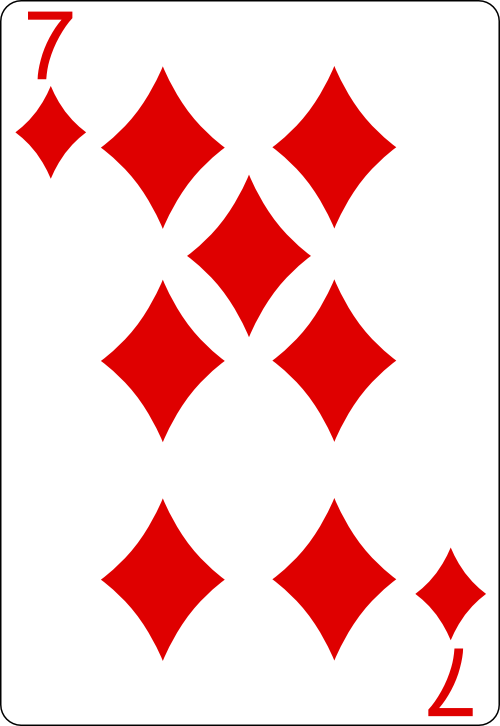 7♦️ |    10♣️ |   K♠️ | 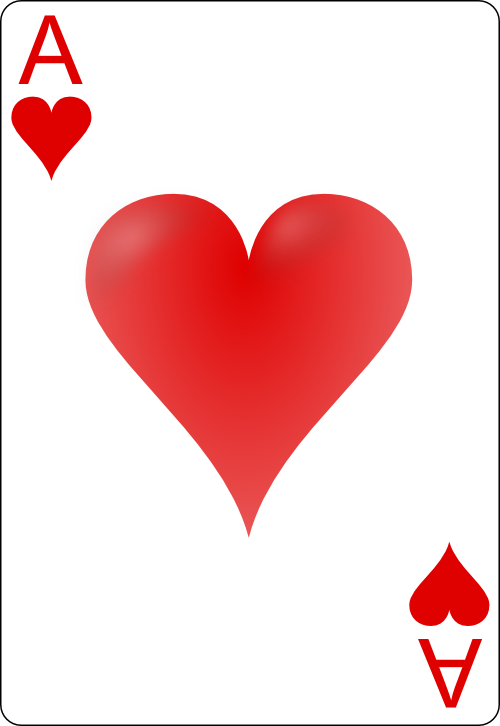    A♥️ |
Pair
A pair consists of two cards of the same rank, and three unrelated cards. If two players have a pair, the player with the highest pair wins. If they have the same pair, then the highest unrelated card (the “kicker”) determines the winner.
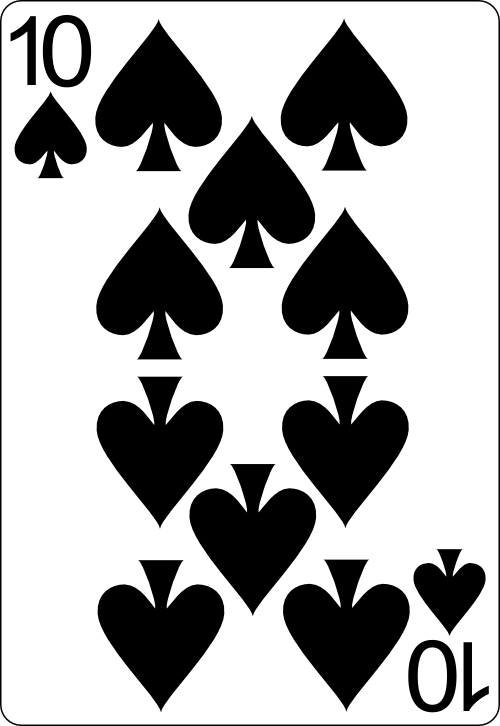  10♠️ |     10♦️ |     4♣️ |     5♠️ | 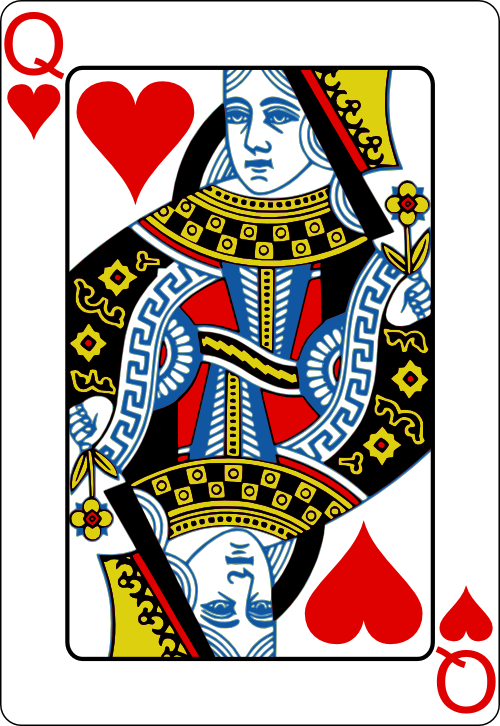  Q♥️ |
Two Pair
Two pair consists of two different pairs of cards and one unrelated card. If two players have two pair, the player with the highest pair wins. If they have the same highest pair, then the second pair or the kicker determines the winner.
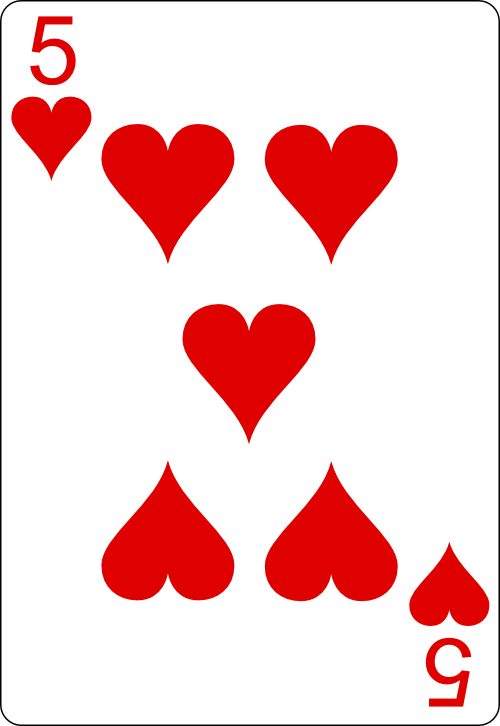  5♥️ |     5♠️ | 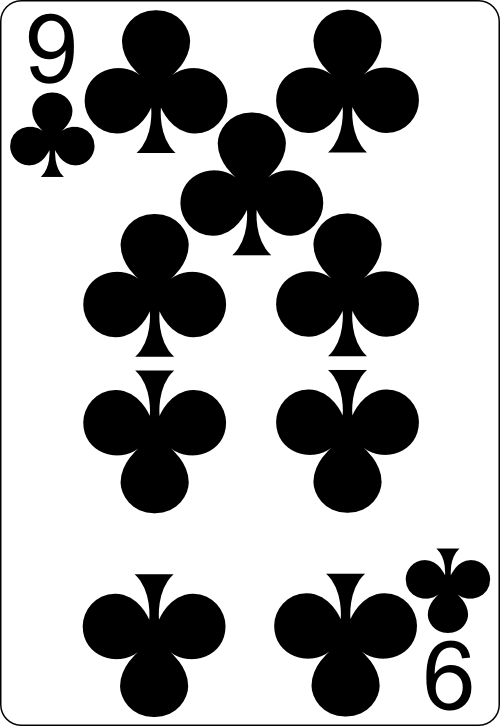   9♣️ | 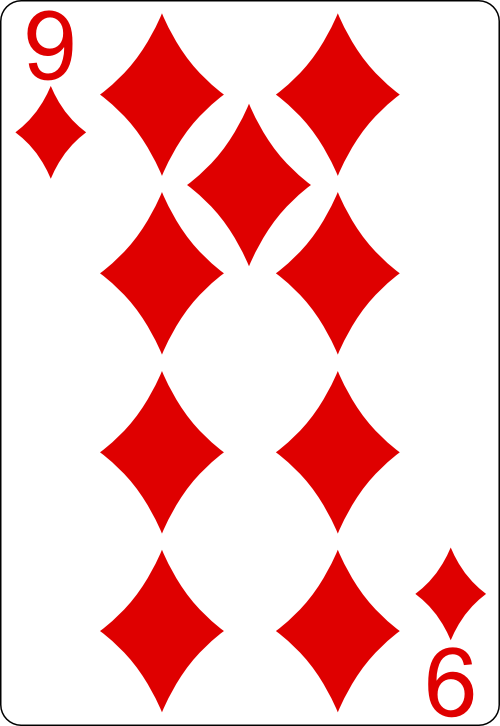  9♦️ |    K♦️ |
Three of a Kind
Three of a kind, also known as “trips” or “a set”, consists of three cards of the same rank and two unrelated cards. If two players have three of a kind, the player with the highest set wins.
   7♦️ | 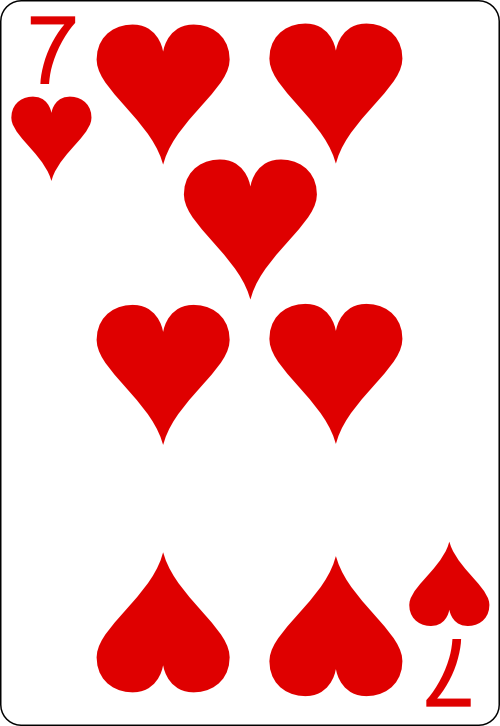  7♥️ | 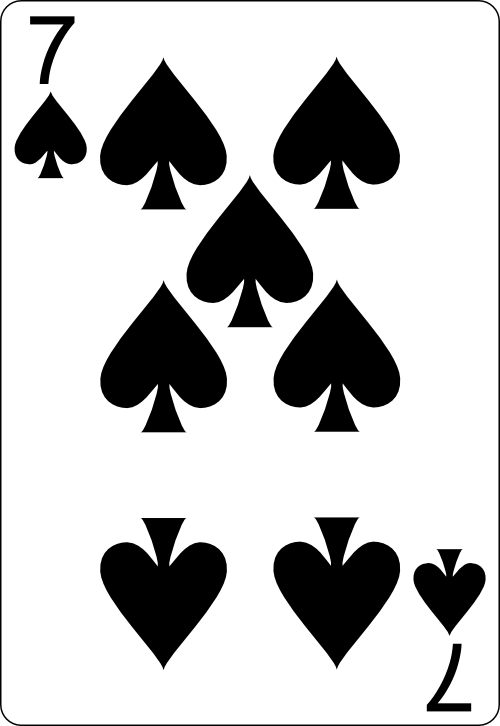   7♠️ |   K♥️ |    9♣️ |
Straight
A straight consists of five consecutive cards of any suit. The player with the highest-ranking card at the top of the sequence wins in the event of a tie.
   10♣️ |    J♦️ |   Q♠️ | 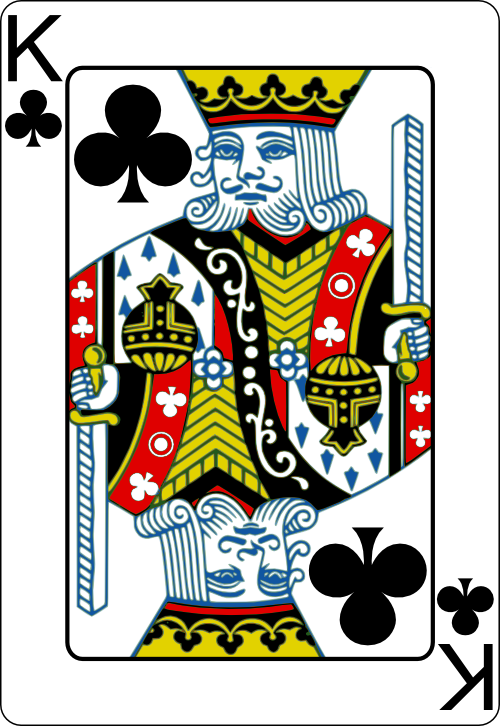  K♣️ |     A♥️ |
Flush
A flush consists of any five cards of the same suit, not in sequence. If two players have a flush, the player with the highest card in their flush wins.
  5♦️ | 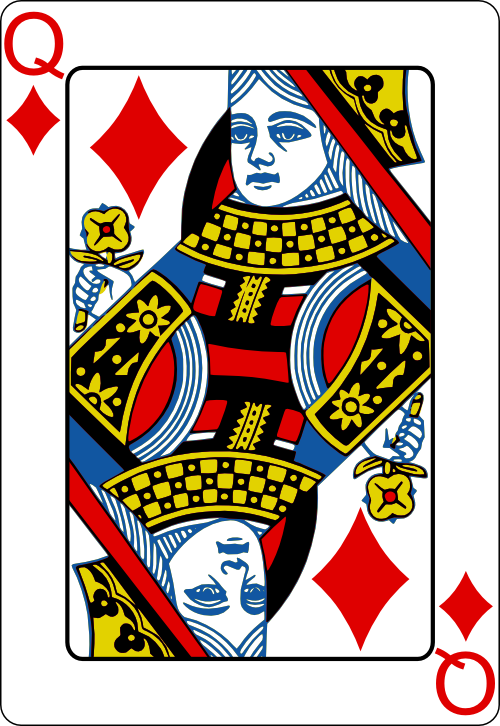   Q♦️ |   3♦️ |     10♦️ |     A♦️ |
Full House
A full house consists of three of a kind and a pair. If two players have a full house, the player with the highest three of a kind wins.
  A♣️ |     A♦️ |     A♥️ |     4♣️ |    4♦️ |
Four of a Kind
Four of a kind, also known as “quads”, consists of four cards of the same rank and one unrelated card. If two players have four of a kind, the player with the highest quad wins.
  4♠️ |     4♣ |   4♥️ |    4♦️ | 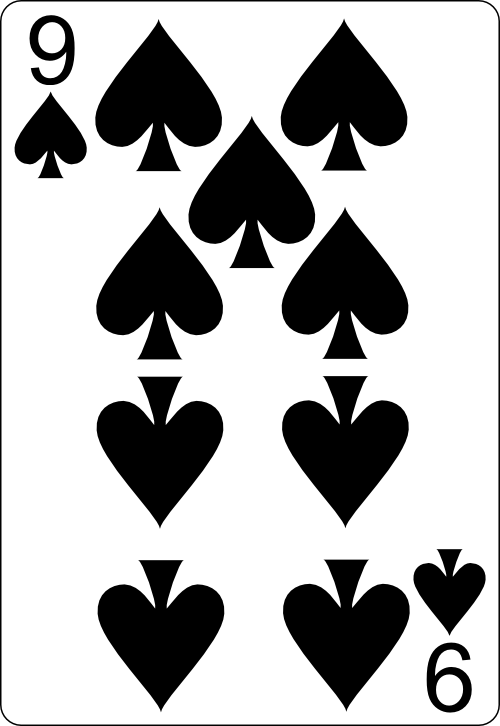   9♠️ |
Straight Flush
A straight flush consists of five consecutive cards of the same suit. If two players have a straight flush, the player with the highest card in their straight flush wins.
    5♠️ |   6♠️ |    7♠️ | 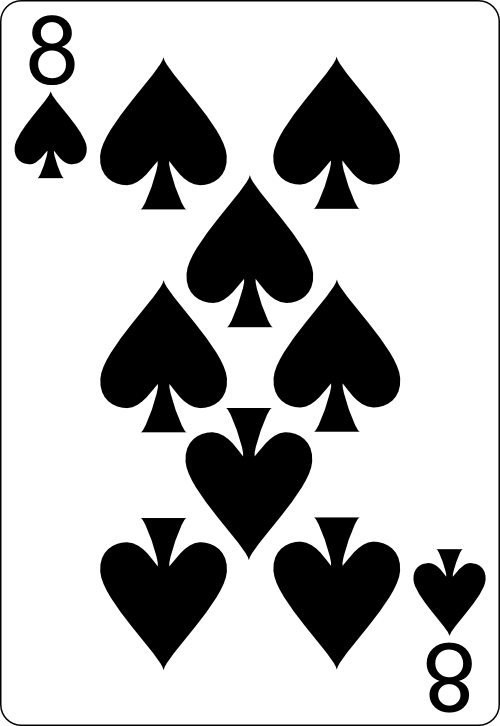  8♠️ |    9♠️ |
Royal Flush
A royal flush is the highest-ranking hand in poker. It consists of the Ace, King, Queen, Jack, and Ten of the same suit. It’s an unbeatable hand.
    A♦️ |    K♦️ |    Q♦️ |    J♦️ |     10♦️ |
| Hand | Description |
|---|---|
| Royal Flush | Ace, King, Queen, Jack, and Ten of the same suit |
| Straight Flush | Five consecutive cards of the same suit |
| Four of a Kind | Four cards of the same rank |
| Full House | Three of a kind and a pair |
| Flush | Any five cards of the same suit |
| Straight | Five consecutive cards of any suit |
| Three of a Kind | Three cards of the same rank |
| Two Pair | Two different pairs |
| Pair | Two cards of the same rank |
| High Card | Highest card wins |
Understanding the poker hand hierarchy is the first step to mastering the game. Be sure to familiarize yourself with this hierarchy, as well as poker hand odds, to increase your chances of winning.
Mastering the Hierarchy
To excel in poker, one must possess a thorough understanding of the poker hand hierarchy. This knowledge allows players to quickly identify winning hands and develop effective strategies for building strong hands.
Recognizing Winning Hands
The first step in mastering the poker hand hierarchy is recognizing winning hands. This skill allows players to make informed decisions during the game, such as when to fold, call, or raise.
At the top of the hierarchy is the Royal Flush, which consists of the Ace, King, Queen, Jack, and 10 of the same suit. This is followed by the Straight Flush, a hand with five consecutive cards of the same suit. The third highest hand is the Four of a Kind, followed by the Full House, Flush, Straight, Three of a Kind, Two Pair, Pair, and finally, the High Card. For a detailed description of these hands, refer to our poker hand rankings article.
Strategies for Building Strong Hands
Building strong hands revolves around playing strategically, taking into account the initial hand dealt, the odds of drawing useful cards, and the actions of other players. Here are some strategies that can help:
1. Know your starting hand: Some hands have a higher chance of winning than others. Knowing the best poker hands to start with can significantly increase your chances of success.
2. Understand hand strengths: Recognizing the strength of your hand in relation to the poker hand hierarchy is crucial. This understanding helps determine whether to fold early or stay in the game. You can learn more about this in our poker hand strength article.
3. Be aware of the odds: Understanding the poker hand odds can help in decision making, especially when contemplating whether to bet, call, or fold.
4. Observe your opponents: Paying attention to the actions and reactions of other players can provide valuable insights into the strength of their hands.
By combining these strategies, poker players can enhance their game, making the most of their hands based on the poker hand hierarchy. It’s essential to remember that while the hierarchy is a guide, poker is also a game of strategy and skill, and therefore, the outcome can be influenced by a player’s decisions and actions during the game.
Common Mistakes and Misconceptions
In the world of poker, understanding the poker hand hierarchy is crucial to success. However, there are common mistakes and misconceptions that can hinder a player’s ability to win. Let’s explore these potential pitfalls to improve your game.
Misunderstanding Hand Rankings
One of the most common mistakes poker players make is misunderstanding or forgetting the hand rankings. This error can lead to missed opportunities and costly mistakes. For instance, a player might underestimate the strength of a “full house” or overestimate the value of a “pair”.
This point must be repeated again: it’s crucial to remember the poker hand hierarchy from the highest to the lowest:
- Royal Flush
- Straight Flush
- Four of a Kind
- Full House
- Flush
- Straight
- Three of a Kind
- Two Pair
- Pair
- High Card
This hierarchy is the backbone of the game, and any deviation from it can significantly impact your results. An excellent way to avoid misunderstanding hand rankings is by constantly revisiting them and practicing hand recognition. You can check our guide on poker hand rankings for a detailed overview.
Overestimating Certain Hands
Another common mistake is overestimating the strength of particular hands. Certain hands, like ‘flush’ or ‘straight’, can seem highly appealing due to their rarity, but they do not always guarantee a win. It’s important to remember that the strength of a poker hand is relative to the hands of your opponents.
For instance, an individual might have a ‘flush’, but if another player has a ‘full house’, the ‘flush’ is not the strongest hand. Similarly, a ‘three of a kind’ might seem strong, but it loses to a ‘straight’, ‘flush’, ‘full house’, ‘four of a kind’, ‘straight flush’, and ‘royal flush’.
| Hand | Beats |
|---|---|
| Flush | Straight, Three of a Kind, Two Pair, Pair, High Card |
| Three of a Kind | Two Pair, Pair, High Card |
Understanding the relative strengths and weaknesses of different hands is key to mastering poker. It allows players to make informed decisions during the game and increases their chances of success. Make sure to check out our articles on best poker hands and worst poker hands for a deep dive into hand strengths and weaknesses.
Avoiding common mistakes and misconceptions about the poker hand hierarchy is a crucial step toward improving your poker game. Keep these points in mind, practice regularly, and you’ll be well on your way to becoming a more skilled and confident poker player.
Tips for Improving Your Poker Game
Mastering the game of poker not only revolves around understanding the poker hand hierarchy but also involves strategies to improve your gameplay. These strategies include practicing hand recognition, analyzing your opponents’ hands, and making the most of your hand.
Practicing Hand Recognition
Recognizing different hands in poker is a crucial skill that every player must possess. Knowing how the hands rank against each other can help you make strategic decisions during the game. Commit the poker hand rankings to memory and practice recognizing them in different scenarios.
A helpful way to practice is to deal random hands and try to determine the best five-card combination. This exercise can help you quickly identify the best poker hands in a given situation, improving your decision-making speed and accuracy during actual gameplay.
Analyzing Your Opponents’ Hands
In addition to recognizing your own hand, you should also practice analyzing your opponents’ potential hands. This involves observing their behavior, their betting patterns, and the community cards on the table.
Understanding the likely hands that your opponents could have in relation to the community cards can help you predict their moves and develop counter-strategies. It also provides you with a sense of your own poker hand strength in relation to your opponents, helping you decide whether to bet, call, or fold.
Making the Most of Your Hand
Finally, you should always aim to make the most out of your hand. Even if you have a weak hand, it doesn’t necessarily mean you will lose the round. There are many strategic plays you can make to maximize your chances of winning, even with the worst poker hands.
For instance, bluffing can be an effective strategy to make your opponents believe you have a stronger hand than you do. Alternatively, if you have a strong hand, you might want to play conservatively to keep more players in the game and increase the pot size.
However, always remember that poker is a game of chance, and the outcome is heavily influenced by the poker hand odds. Thus, even the best strategies cannot guarantee a win every time. The key lies in making informed decisions based on your understanding of the poker hand hierarchy, your hand strength, and your read on the opponents.
By mastering these skills, you can significantly improve your poker game and increase your chances of success in this exciting card game.

